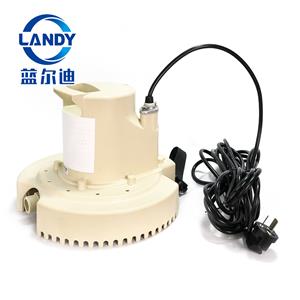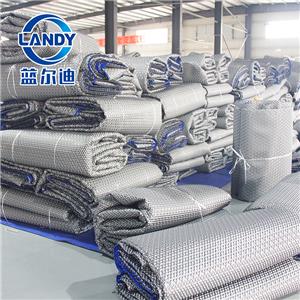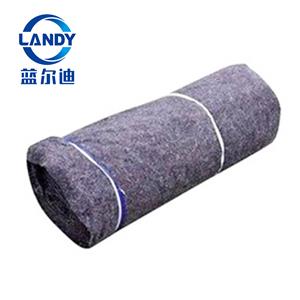How to Close an In-Ground Pool for Winter?
How to Close an In-Ground Pool for Winter?
Frost has started to set, leaves are beginning to fall and your swimming pool needs to be closed. This is a crucial task but we have a set of simple instructions to follow.
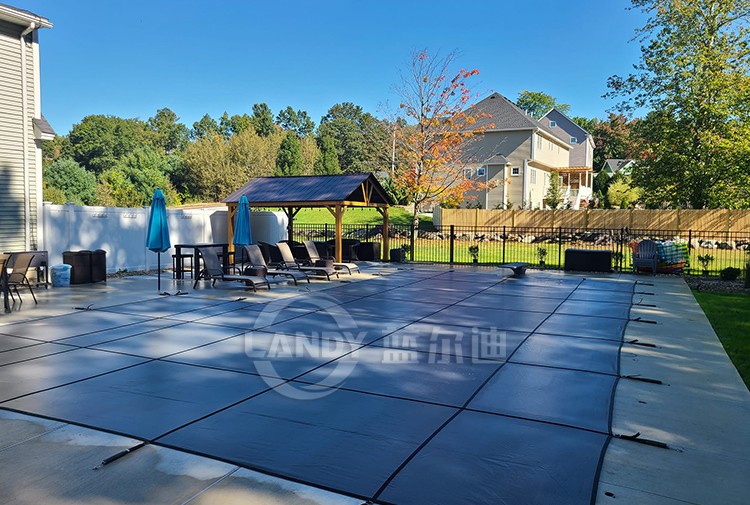
1. Prepare Your Chemicals
Begin with organizing and preparing the correct chemicals to winterize your pool. You will need:
- Chlorine Shock
- Long life algaecide
- Liquid Chlorine
Each product should label the recommended dosage based on the size and temperature of your pool.
2. Cleaning the Pool
When closing your pool, you need to be thorough at every stage. Remember that you’re trying to protect your water from potentially months of inactivity, which is usually a breeding ground for algae and bacteria.
Therefore, the first step is making sure your swimming pool is sparkling clean!
Get your pool brushes and clean off the walls and floor; it is particularly tough on areas where algae could form.
Once you’ve brushed around the pool, let the loose debris sit, and then vacuum the pool floor to remove any dirt.
3. Deposit Chemicals
Once your pool has been cleaned, it’s time to make sure all the chemicals are ready!
The first step here is testing and balancing your pool water. This part is similar to what you would do during use. However, the next step is slightly different.
To make sure your water’s equipped for the coming months, you need to shock your pool. If you’re adding algaecide to your collection for winter, it’s recommended you use a non-chlorine shock, as chlorine can kill the algaecide.
We recommend a spring opening/winter closing chlorine with a full set of instructions and dosages on our website
4. Cleaning the Swimming Pool Pump and Filter
Once your chemical balancing is done and shock has been added, the next step is preparing your pump and filter system.
This step involves backwashing your pool filter as you would typically. Backwashing will remove any standing debris and make sure nothing can develop over the winter months. If you want to be thorough, you could add a filter cleaner or remove and clean your filter if you’re using a cartridge.
5. Lower the Water Level
Once the pump and filter have been cleaned, it’s recommended that you lower the water level of your swimming pool.
Lowering the water level helps to protect the pump and filter system. However, it can also be helpful if you have a cover that accepts rainwater, which could cause an overflow if not managed.
It’s recommended that you reduce the water level in your pool to just below the skimmer, which effectively stops water from getting into the filter system. However, don’t lower your water too far, as some covers rely on the waterbed below for support. We do not recommend emptying the pool.
The easiest way to remove water from your swimming pool is by pumping to waste as you would during a backwash.
Removing Water from the Pump
If you live in freezing conditions, you’ll want to remove water from the filter system (unless you keep your pump running regularly). Any water left inside could freeze and cause fractures in the piping.
If you need to remove the water from your pool pump, this needs to be done thoroughly and professionally. The procedure – sometimes called ‘blowing out’ – is complicated, and a professional’s support is often recommended to avoid unnecessary damage.
6. Cover the Pool
Finally, once the cleaning and chemicals are complete, it’s time to close your pool.
There are various winter pool covers, and which is best for you can vary depending on your circumstance and budget. What’s for sure is that these will do a much better job than a summer solar pool cover, so it’s worth investing in a seasonally appropriate option!
Essentially, your decision in terms of a winter pool cover will come down to one of these options:
As the name suggests, winter pool covers are designed specifically for the season. These are often fixed and protect the pool while allowing some water – such as snow – to pass through.
Safety pool covers are also designed to protect the pool over multiple months. However, they are also robust and designed to support excess weight.
Essentially, a safety cover is recommended in places where people or animals could walk over the swimming pool. A safety cover will stop them from falling through and into the water. If this isn’t an issue for you, a winter pool cover is often enough.
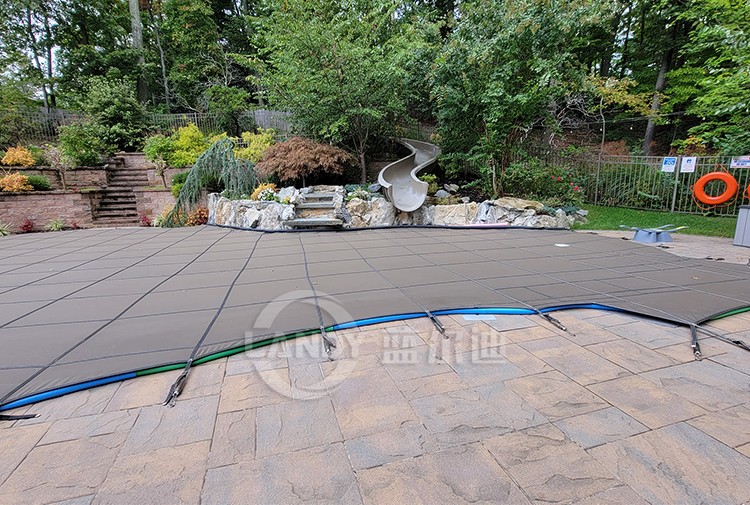
With the help of this guide, you will fully prepare your pool for the winter months. By following these steps, you can return to water that is still clean and fresh next year, making opening your swimming pool considerably easier!
If you have any questions about winterizing your swimming pool, don’t hesitate to contact our helpful team. Remember, we have everything you need for closing your pool right here, so check out our extensive range today.

